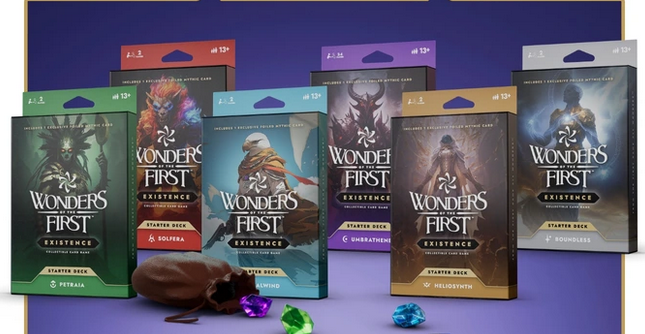Wonders of The First, a new Collectible Card Game (CCG) that has recently debuted on Kickstarter, is drawing significant attention not only for its crowdfunding success but also for the numerous concerns raised by backers and observers alike. Despite achieving a current pledge amount of $846,461, far surpassing its $25,000 goal, the project is mired in controversy, particularly around its pivot from a previously planned NFT project to a physical card game.
Originally conceived as an NFT-based game, Wonders of The First has rebranded itself in the physical realm as NFTs have waned in popularity. However, this shift has not alleviated doubts about the game’s legitimacy and value. Backers have expressed concerns about the use of AI-generated art, which many claim lacks cohesion and appears derivative of established games like Magic: The Gathering. This has raised eyebrows about both the originality and the aesthetic quality of the game’s design.

Additionally, the price point of the game has become a hot-button issue. Priced at $150 per box, which includes 9 cards per pack plus a bonus card, the game stands out as one of the most expensive on the market. This pricing strategy is especially controversial given that the game boasts over 400 cards in its Alpha set, suggesting that collectors might need to purchase an excessive number of boxes to obtain a complete set. Comparatively, other popular card games like Lorcana and Digimon offer more cards per pack at a lower price, providing better value to players and collectors.
One backer articulated the community’s frustration, questioning the sustainability of a business model that seems designed more for profit than for fostering a player community: “First, the concept of not reprinting cards after the print cycle is already bad news… You want this to be community driven… After printing, the prices are going to skyrocket. This is a red flag.”

Moreover, the game’s strategy of restricting reprints could create a speculative market where only the earliest and wealthiest backers benefit, potentially alienating new players and those unable to invest heavily from the outset. Such a model raises questions about the game’s commitment to inclusivity and its long-term viability in the competitive CCG landscape.
Source: Tabletop Gaming News

